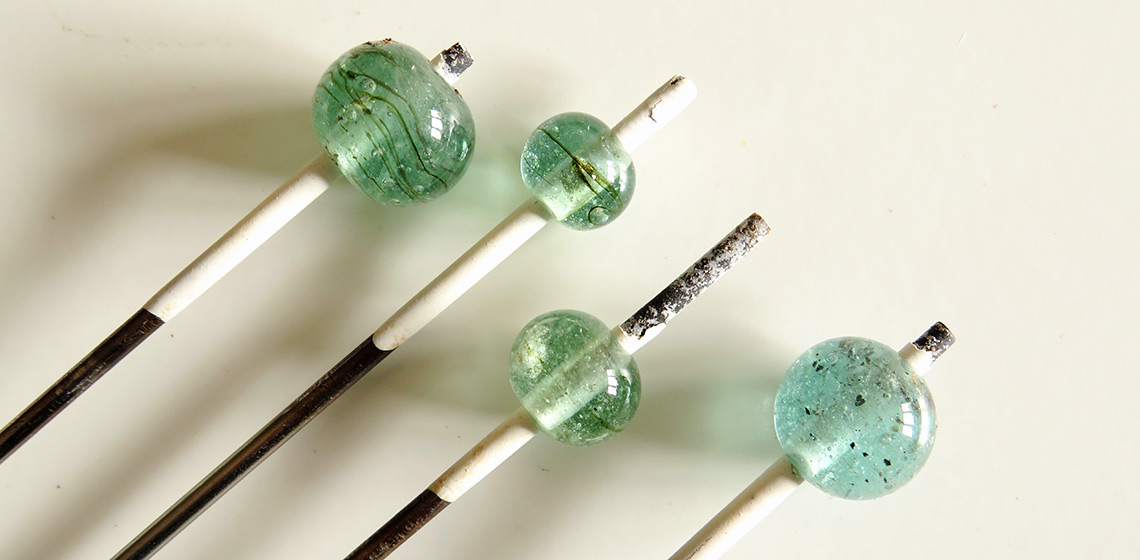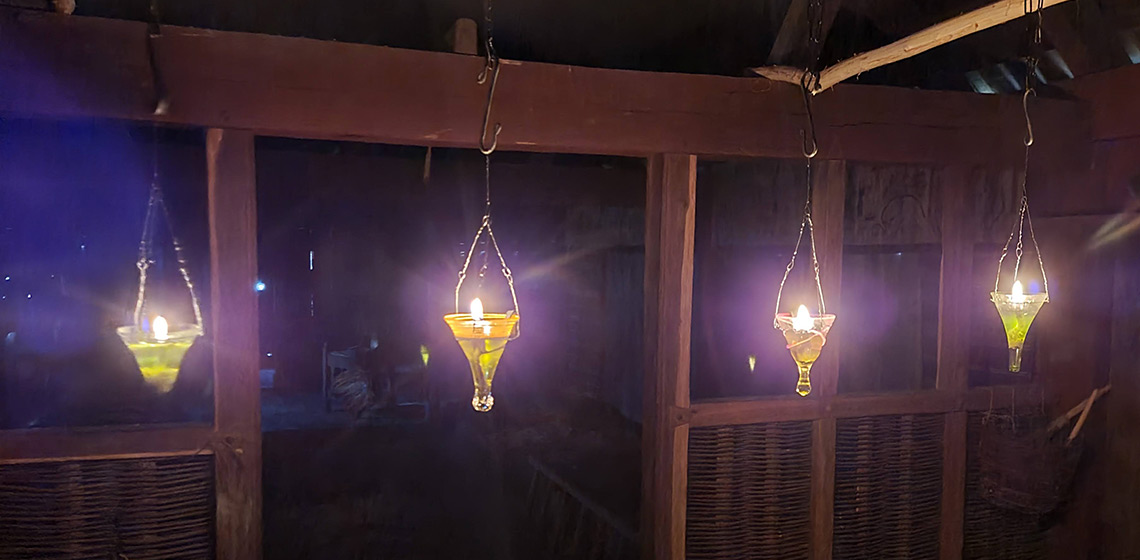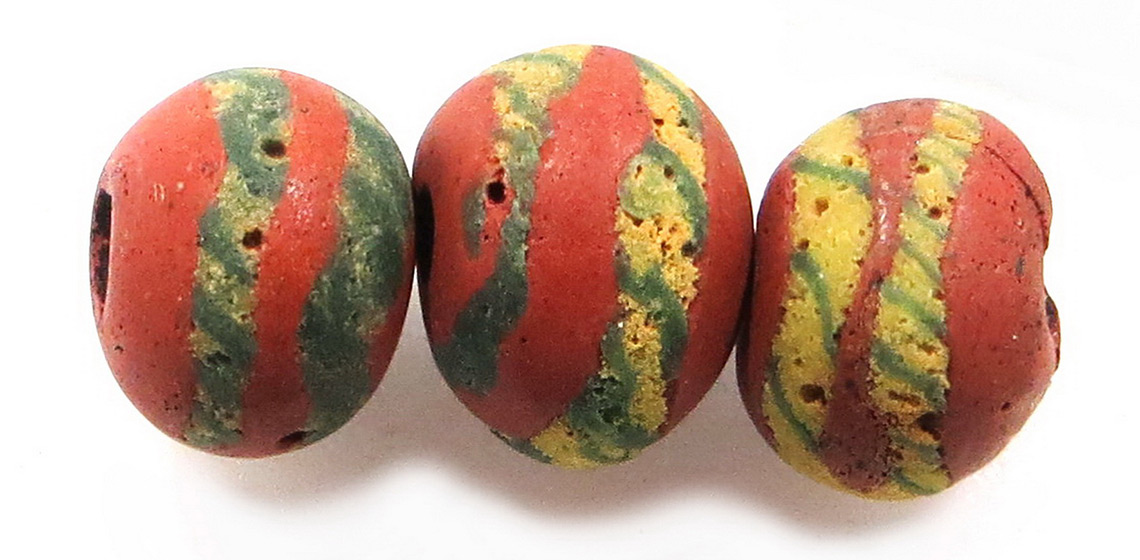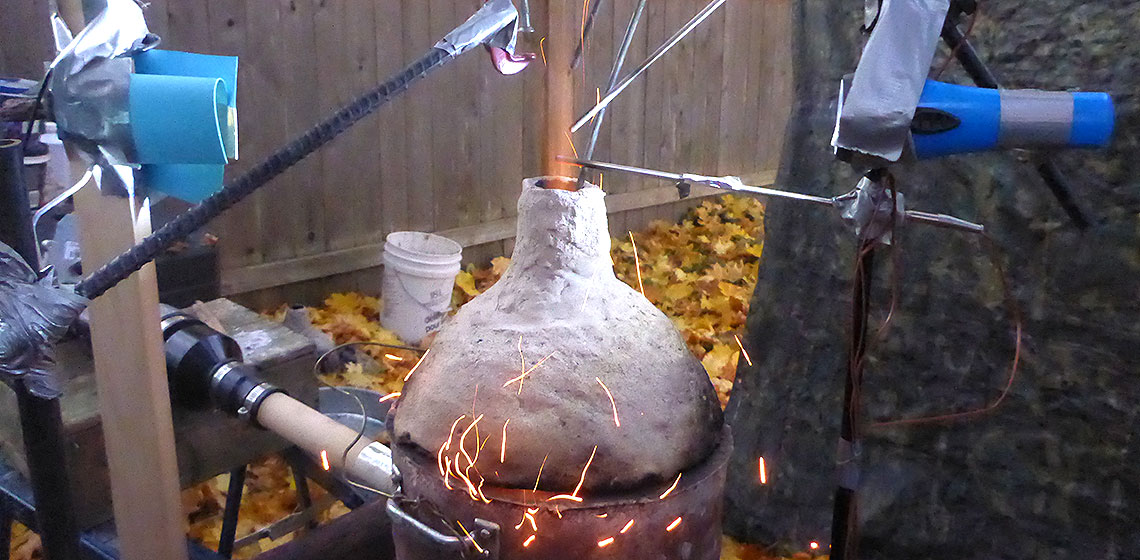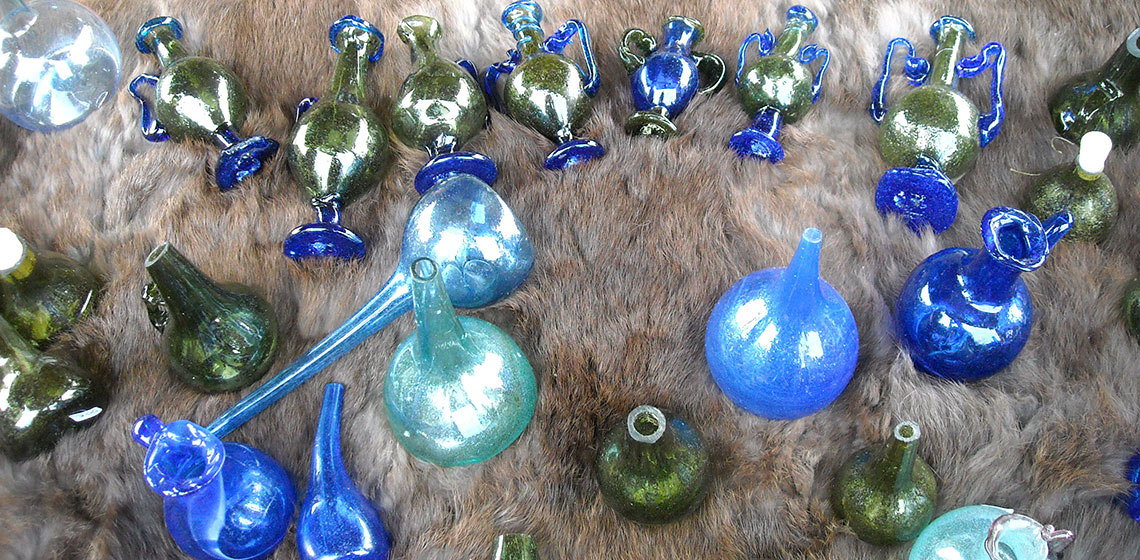glass
Testing Roman Glass in the Flame
Publication Date
Glass made during the Romano British period was recycled throughout the Late Roman and Early Medieval periods. Studies have shown that British beadmakers of the fifth and early sixth centuries AD made a large proportion of their beads using Roman period glass (Peake, 2013). To study fully the techniques of glass workers in early Anglo-Saxon times, it is important to...
Glass Lamps, a Few Points
Publication Date
Funnel-shaped glasses have been found in several places, for example in Birka (graves 577, 526, 551, 850, 854, 464, 849 and 433), Sweden and in the Netherlands (De Heul, Utrecht collection PUG). They are often used by reenactors as drinking cups, but could that be their only possible function?
Anglo-Saxon Beads: Redefining The “Traffic Lights”
Publication Date
Many thousands of glass beads have been excavated from Early British cemeteries of the fifth and sixth centuries AD. Amongst these beads is a type that was particularly common: decorated polychrome beads in red, yellow, and green glass in a variety of styles and combinations. Birte Brugmann, in her 2004 analysis of Saxon-period glass beads (Brugmann, 2004), named these beads “Traffic Light” (TL) beads...
Kicking Ash, Viking Glass Bead Making
Publication Date
10th EAC Leiden 2017
***Tens of thousands (Callmer, 1977, pp.12-32) of beads marking the rich graves of the Viking world indicate that the production of these beads is an area worthy of study. Evidence such as mandrels, crucibles, bead fragments, and semi-manufactures exist at Helgo, Birka, Paviken, Hedeby (Lundström, 1976, p.3), Kaupang (Gaut, 2011, p.232), Frojel (Carlsson, 2011), Åhus (Callmer, 2001, p.138), and Ribe (Sode, 2004, p.86). At Ribe...
***Tens of thousands (Callmer, 1977, pp.12-32) of beads marking the rich graves of the Viking world indicate that the production of these beads is an area worthy of study. Evidence such as mandrels, crucibles, bead fragments, and semi-manufactures exist at Helgo, Birka, Paviken, Hedeby (Lundström, 1976, p.3), Kaupang (Gaut, 2011, p.232), Frojel (Carlsson, 2011), Åhus (Callmer, 2001, p.138), and Ribe (Sode, 2004, p.86). At Ribe...
Problems and Suggested Solutions in the Replication and Operation of a Glass Furnace based on Roman Remains: an Experiment in Glass Production
Publication Date
Part of the reorganisation of the archaeological open-air area at Asparn are plans for a remaking of the Iron Age workshop area. The construction of an Iron Age smithy and a glass production furnace are also being planned. As is widely known ‘glass can be made out of quartz sand, potash and lime’. But is it as easy as that? It is therefore legitimate to discuss here the experimental efforts involved in its production.

